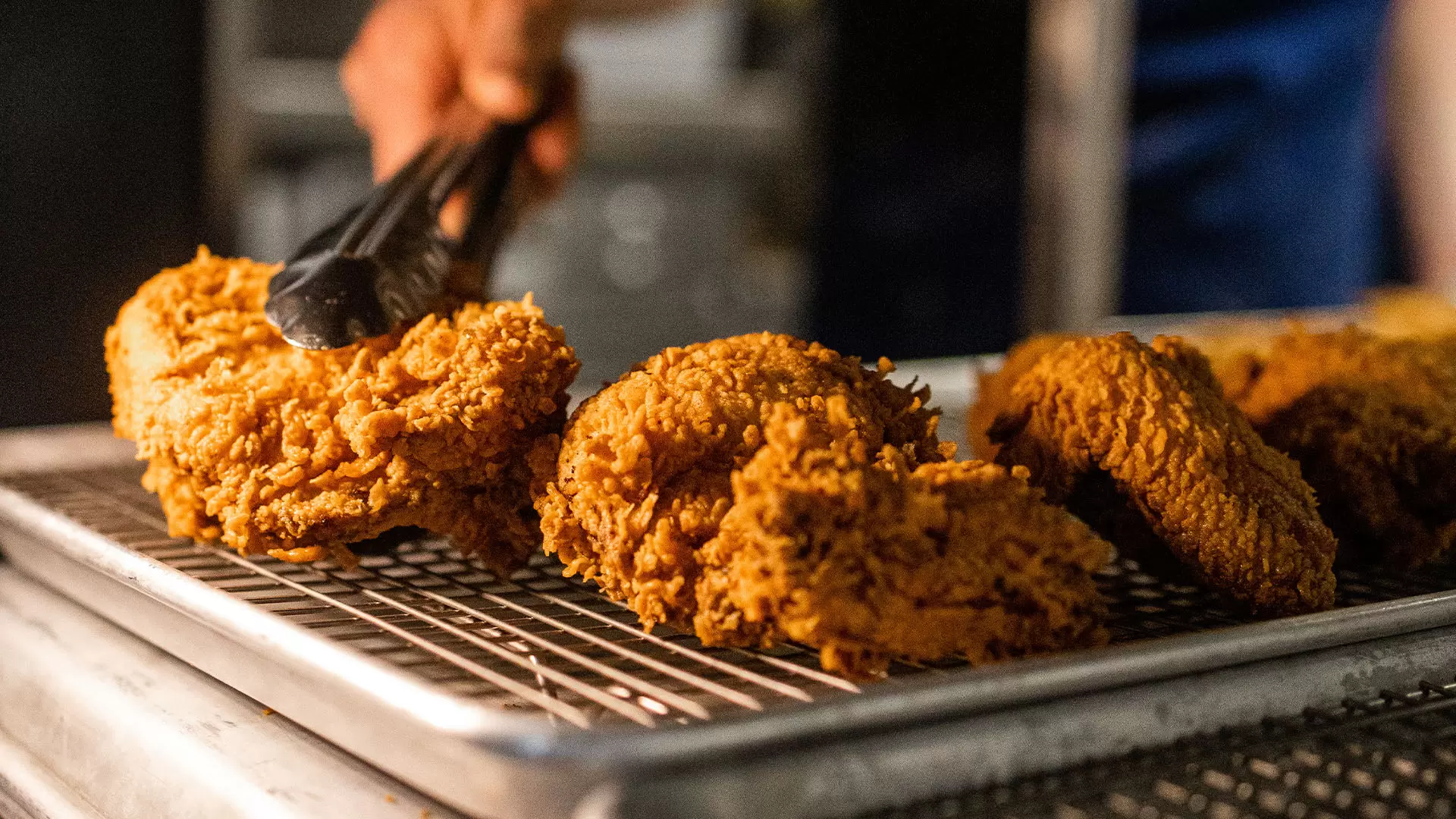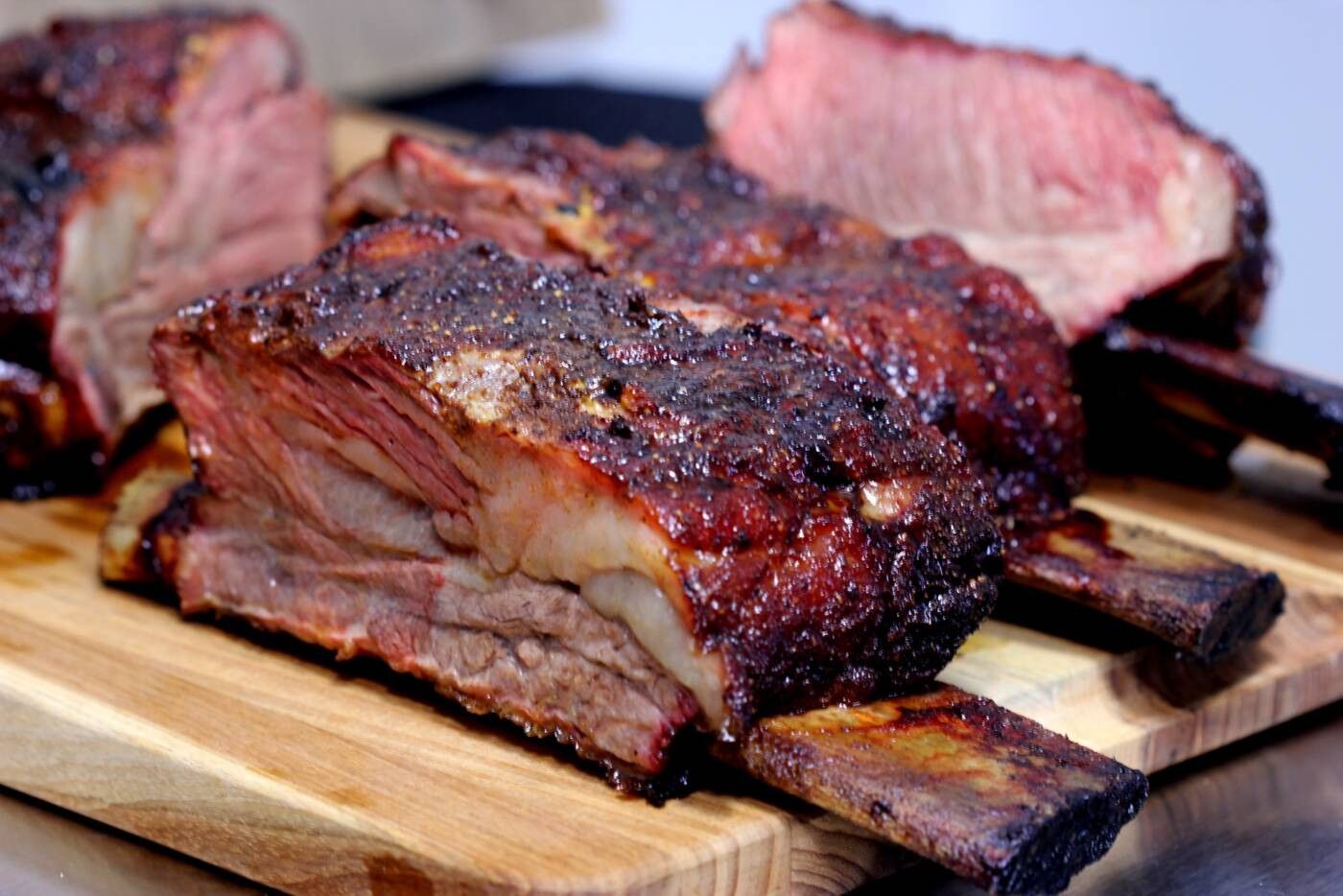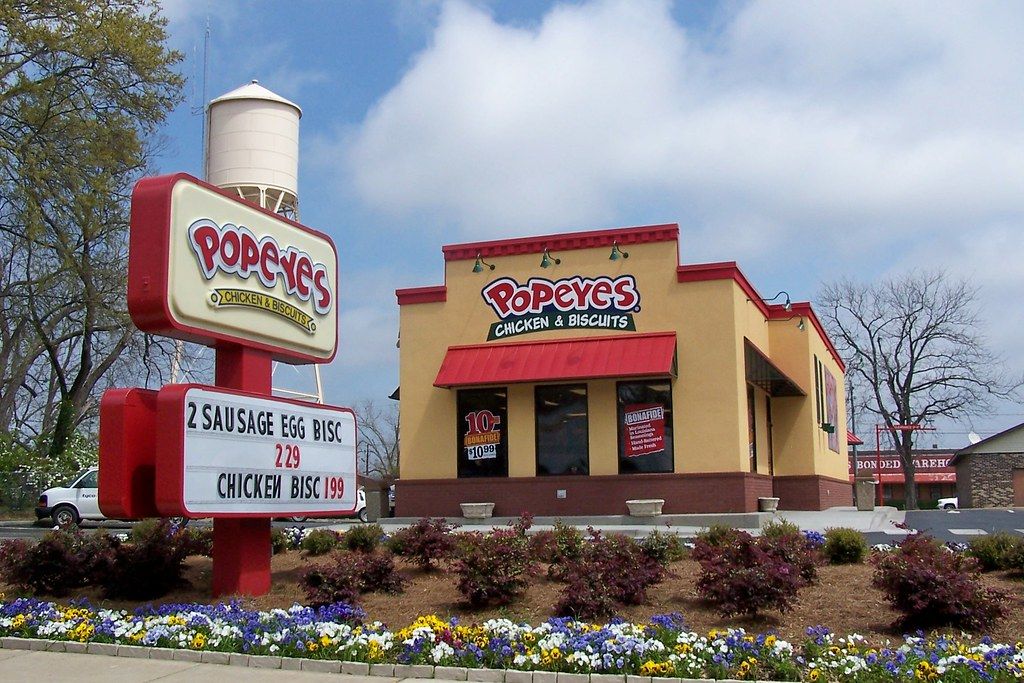
The Rise of Sustainable Farmed Salmon
- Jul 15, 2025
America is teeming with wild salmon, thanks to Alaska’s bountiful sockeye supply, accounting for 97% of domestic salmon production. However, the American palate seems to prefer farmed Atlantic salmon, with two-thirds being imported. Globally, farmed salmon constitute a major 82% share of the nearly 8.8 billion pounds of salmon produced, with the highest contributors being Norway (54%) and Chile (26%).
Despite popular belief, farmed salmon may not be as detrimental as it's purveyed. "Farmed fish have unfairly been on the receiving end of criticism," comments Ray Hilborn, Professor at the University of Washington’s School of Aquatic and Fishery Sciences. Hilborn emphasizes that it's crucial to analyse the environmental impact of what we consume. Farmed salmon maintenance requires merely one-third to half of the land and water required for chicken rearing. If the comparison point is beef, the resources necessary drop dramatically to one-tenth.
Wild salmon score higher on the sustainability index. Hilborn's findings show that importing Alaskan salmon in Europe generally leaves a smaller carbon footprint than Norwegian farmed salmon. "Seafood is judged differently than other foods like meat or vegetables," adds Hilborn.
Barton Seaver, well-known chef, author, and a sustainable seafood specialist, highlighted the significance of sustainable aquaculture as a means to make fish nutrition more accessible and affordable. In terms of nutrient content, while wild salmon maintain a slight advantage, farmed salmon aren't far behind. A study conducted in 2020 in Canada compared farmed and wild salmon types and discovered that wild sockeye and king (also known as chinook) exhibited a higher nutrient and omega-3 content. Contrarily, farmed Atlantic salmon had similar protein and fat levels to these wild varieties. According to the U.S. Environmental Protection Agency, the mercury levels in all these varieties were within the safe range.
Aquaculture's approach to farmed salmon has evolved since the first salmon net pens were introduced around Norway about 60 years ago. These salmon farms, though cluttered, led to numerous challenges like spreading illnesses, excessive use of antibiotics and chemicals, and release of waste into waters. Escaped farmed fish could also compete for resources with and infect wild populations.
However, this risky practice can be converted into a best practice depending upon the ecosystem. Washington State recently banned net pens to save its wild king salmon population in the Puget Sound area, a principal food source for orcas. New Zealand, having minimal wild salmon stock, has deemed farmed king salmon produced in net pens as the best seafood choice.
The future of sustainable farmed salmon lies in land-locked fish farms utilizing Recirculating Aquaculture Systems (RAS). These indoor tanks not only bring the farms closer to populated areas but also nullify the risk of farmed fish escaping into the wild. With these systems, water recirculation becomes feasible, leading to lower energy consumption and easier disease control.
There are simple steps you can take to ensure your farmed salmon purchases support sustainability.






